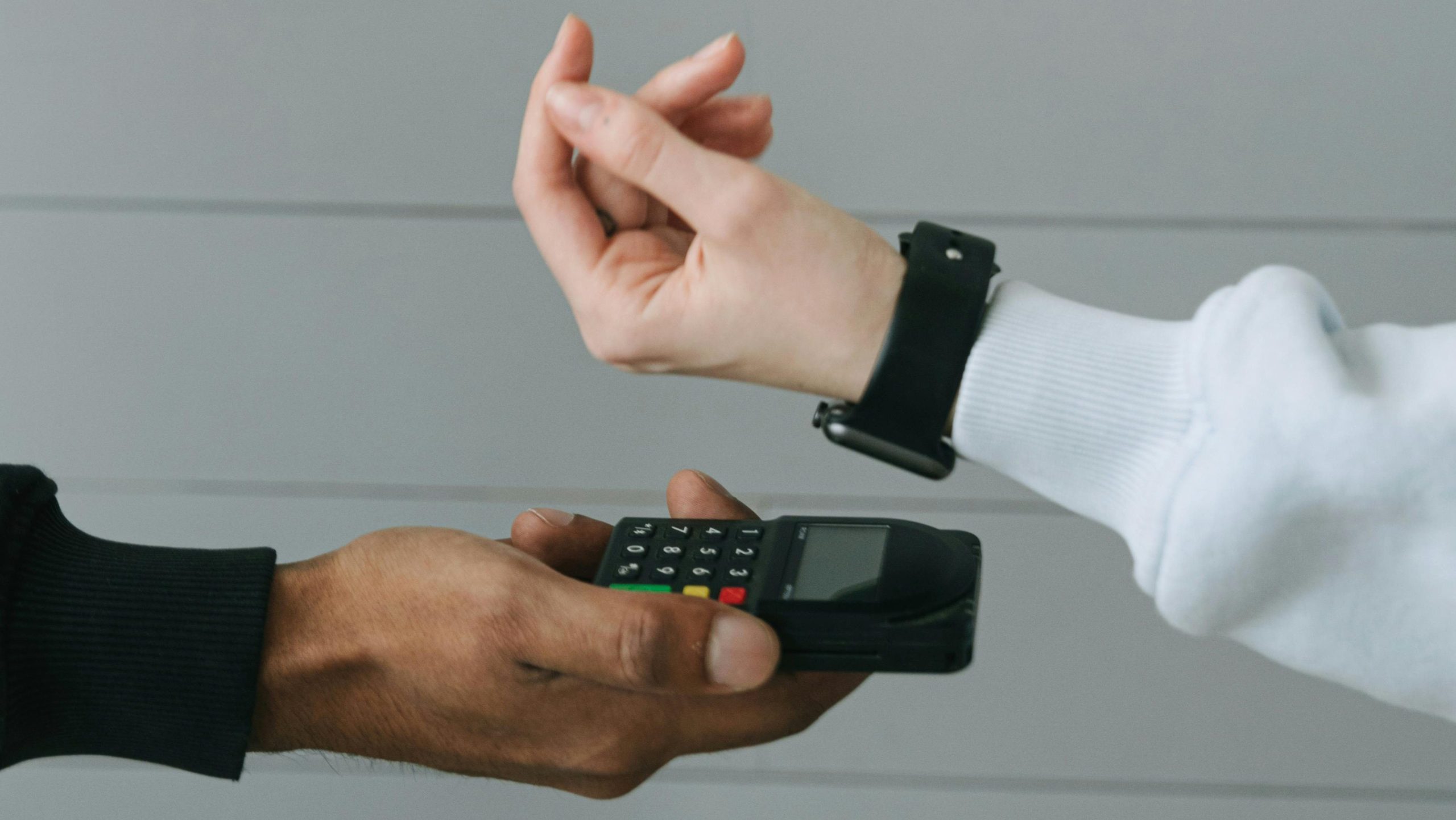Anúncios
Understanding how much to tip at a restaurant can be confusing, especially for first-time tippers and those who travel frequently.

This guide will explore tipping norms and offer practical advice to ensure you tip appropriately.
→ Consider using our Tip Calculator
Why Tipping Matters
Tipping is a gesture of appreciation for good service. In many countries, particularly in the United States, tips constitute a significant portion of a waitstaff’s income.
However, the standard rate for tipping can vary from place to place. Therefore, understanding how much to tip at a restaurant is crucial for both locals and travelers.
Standard Tipping Guidelines
In the United States
In the U.S., the standard tipping rate is typically 15-20% of the pre-tax bill. However, for exceptional service, a 25% tip is often appreciated. Conversely, if the service was below average, tipping 10% may be more appropriate. Therefore, always assess the service quality before deciding on how much to tip at a restaurant.
Factors Influencing Tipping Amounts
Service Quality
The level of service you receive should directly influence how much to tip at a restaurant. Exceptional service warrants a higher tip, while subpar service may justify a lower one. However, even if the service is not up to par, consider leaving a moderate tip, as the waitstaff often rely on these earnings.
Dining Experience
The type of restaurant can also affect tipping norms. Fine dining establishments generally expect higher tips compared to casual eateries. Furthermore, if you’re dining with a large group, some restaurants may automatically add a gratuity charge to the bill. Always check your receipt to avoid double-tipping.
Local Customs
Understanding local tipping customs is crucial, especially when traveling. Researching ahead of time can save you from awkward situations and ensure you tip appropriately. For instance, while tipping is standard in the U.S., it may be deemed inappropriate in Japan.
Common Mistakes to Avoid
Double Tipping
In some restaurants, especially those in tourist areas, a gratuity might already be included in the bill. Therefore, always check your receipt to avoid double-tipping. If a service charge has been added, additional tipping is optional but appreciated for exceptional service.
Ignoring Local Norms
Disregarding local tipping customs can lead to misunderstandings. Therefore, it’s essential to familiarize yourself with the tipping etiquette of the country you’re visiting. Ignorance can lead to either over-tipping or under-tipping, both of which can be awkward.
Being Unprepared
Always carry small bills or change when dining out, especially in countries where tipping is customary. This ensures you’re prepared to tip appropriately without scrambling for the right amount. Additionally, some establishments may not accept credit card tips, so having cash on hand is always a good idea.
Tipping at restaurants requires a balance between understanding local customs, evaluating service quality, and being prepared.
By following these guidelines, you can ensure you tip appropriately and show your appreciation for good service, no matter where you are in the world. Understanding how much percent is it common to tip will help you navigate tipping etiquette effectively.


